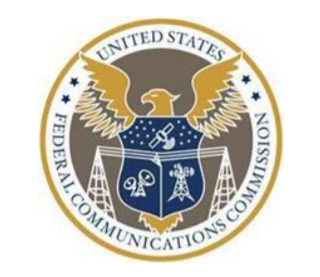UPDATE Not all communications providers choose to participate in the FCC’s Disaster Information Reporting System (DIRS). That makes it harder for the agency to get a complete picture of the status of communications in an area during a disaster and afterwards.
The FCC voted to close that gap yesterday. The Commissioners voted to mandate that wireless and wireline carriers, interconnected Voice over Internet Protocol providers and cable systems participate in DIRS. The change suspends Network Outage Reporting System (NORS) obligations when DIRS is activated so providers don’t need to report twice.
Providers required to report in DIRS must submit a final report within 24 hours of DIRS deactivation. The report would include restoration plans for affected infrastructure to lessen reporting burdens and streamline the process.
During the 5-0 vote, Commissioner Geoffrey Starks said DIRS was created in the aftermath of Hurricane Katrina. “We watched, shocked and terrified, at what we saw in New Orleans, Louisiana, and the surrounding communities. And then we got to work,” he said. “We realized that the lack of information about network operation and repair status was hampering recovery efforts and that by working together the Commission and network providers could do more. Carriers could report—voluntarily—their operational status and restoration information during and after major disasters which the Commission could use and share with relevant authorities to benefit Americans.”
Starks said DIRS was “a good start” but not perfect. “Too many providers decline to participate, blunting its effectiveness and restricting the availability of information necessary to determine the status of the repair, replacement, and restoration of communications infrastructure.” He also said federal partners like FEMA, and state and local governments, rely on the FCC to help inform their decisions on how to best serve communities. Without a full picture of communications network status, their ability to help is impacted, he explained.
Commissioner Brendan Carr described visits to Louisiana after Hurricane Ida, and Florida after Hurricane Michael in 2018. He was also in California after the Dixie Fire in 2021. “One of the things we learned is the vital importance of connectivity, particularly for 911.” Carr credited Chairwoman Jessica Rosenworcel leading the effort “to make sure we have a smart balance, with the right regulatory approach, to make sure we can provide the information necessary to ensure communications continue to work or are restored as quickly as possible.”
The agency is asking in a Further Notice of Proposed Rulemaking whether DIRS and/or NORS participation should be mandated for TV and radio broadcasters, satellite providers and broadband internet access service providers. It also seeks input on the extent to which FirstNet should be subject to NORS and/or DIRS reporting.
NTCA–The Rural Broadband Association, was not pleased with the vote. NTCA EVP Mike Romano said, “NTCA and its members are committed to the reliability and resiliency of networks that serve their rural areas. However, unlike their larger counterparts, rural broadband providers typically have key employees serving in multiple roles, and their offices and employees are usually situated in the areas they serve. In the immediate aftermath of a disaster, these small companies are immersed in the business of assessing damage and restoring service and often must operate in the face of direct impacts on employees and office locations. While NTCA recognizes the FCC’s need for information, we are disappointed that the new rules will compel the submission of daily regulatory reports rather than permitting companies to focus specifically on restoration activity and on the immediate needs of the community while providing updates on network status when feasible.”
By Leslie Stimson, Inside Towers Washington Bureau Chief





Reader Interactions